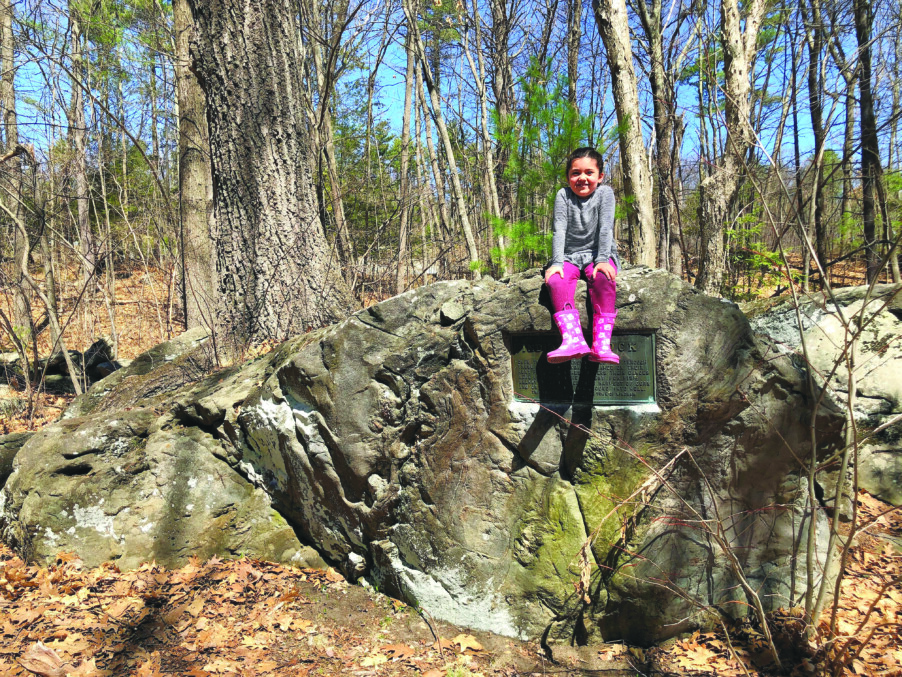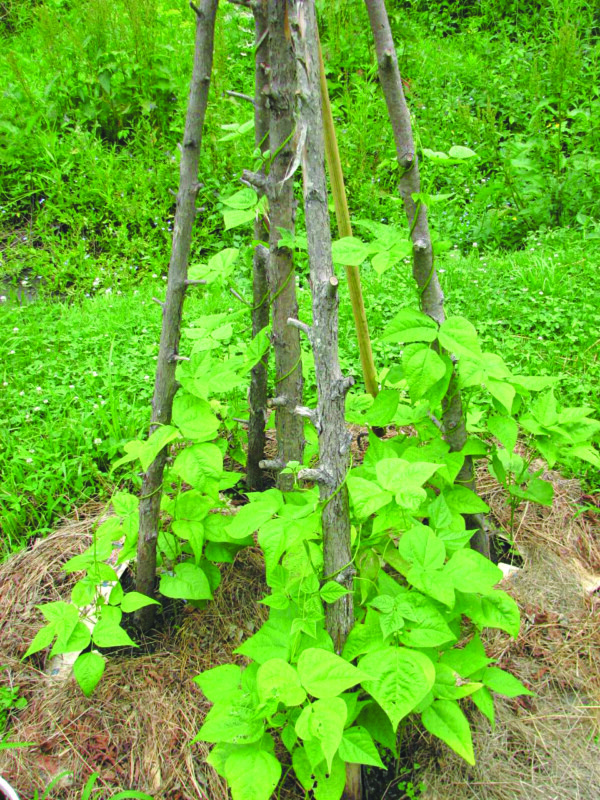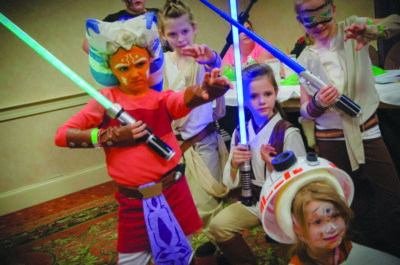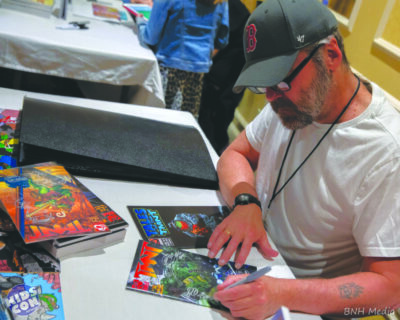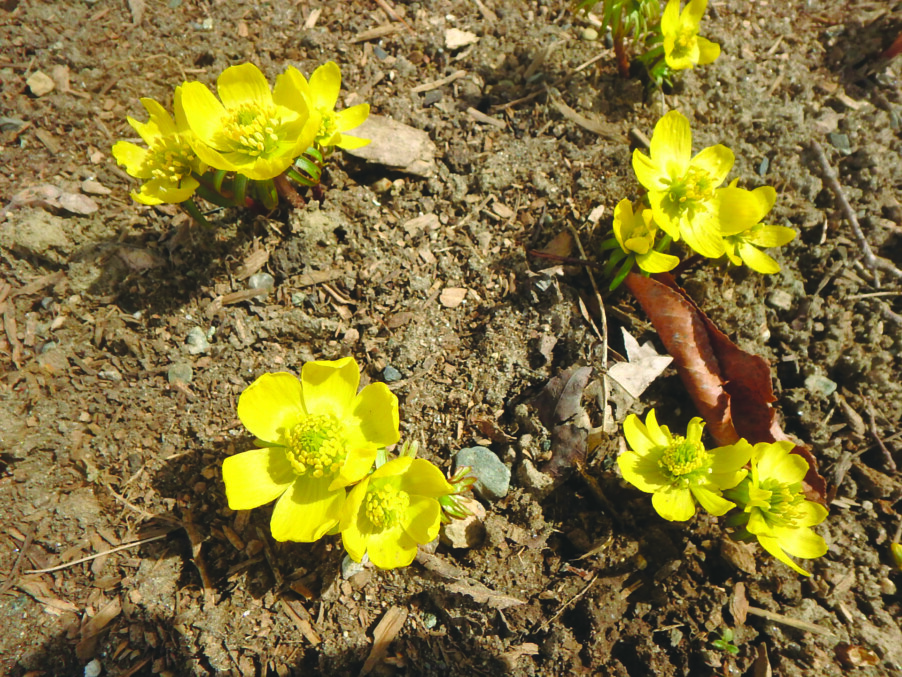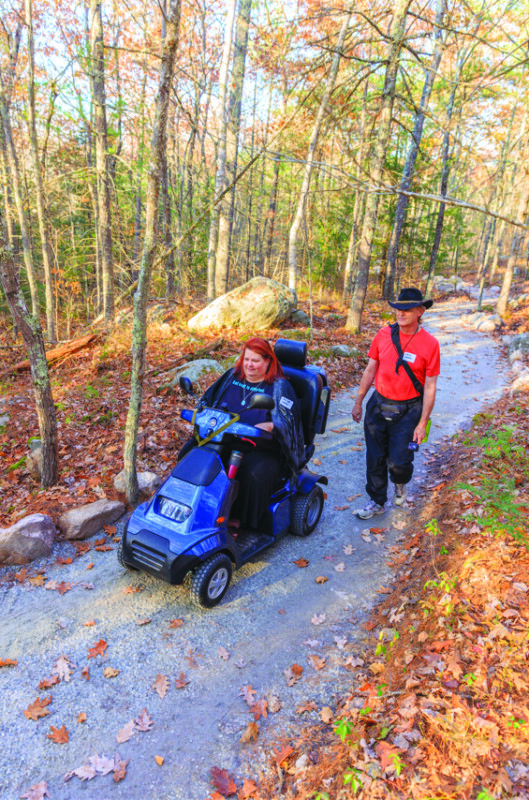Watch a magic show and turn bottle caps into sea turtles at the NH Maker Fest
By Kelsi Maddock
listings@hippopress.com
Makers in all media — from robotics to arts to food — are invited to the NH Maker Fest, hosted by the Children’s Museum of New Hampshire, on Saturday, June 4.
The Maker Fest, which celebrates its 10th anniversary, describes itself in the Maker Fest Manual as, “a gathering of fascinating, curious people who enjoy learning and who love sharing what they can do. … Fest visitors can spend the day discovering new things from the Makers either through hands-on activities, workshops, presentations or performances.”
“I think this annual event is important to have a place for people to showcase the things that they love. The whole thing about the maker movement is really built around community and sharing, as much as it’s about creating your own things,” said Wayne Moulton, who describes himself as a purveyor of magical memories.
Moulton and co-owner Kali, who is also his wife, will represent their STEAM enrichment business, Sages Entertainment, by walking around with their balloon puppet, a bird named Leo, and performing an on-stage magic show. Moulton participated in the Maker Fest from the beginning.
Multimedia artist Lindsey Castellon volunteered on the Fest’s planning committee and collaborated with the museum as an AmeriCorps VISTA member before she hosted her own booth as owner of Angry Gato Designs.
“Right now, I specialize in digital illustration, so in that realm I actually am able to apply it to a bunch of different things. My most popular items right now are my stickers,” said Castellon. “I’ve been a maker ever since I can remember. When I was a kid, I would just make stuff out of popsicle sticks, and I taught myself how to sew using my mom’s old sewing machine, and that was my preferred form of play.”
The makers encourage attendees to combine their natural passion for arts and sciences to make a positive change in the world.
Founder of Plastic Recycled Nathan Gray debuts at Maker Fest to do just that by refurbishing plastic waste into practical products, taking a “three-pronged approach to the global plastic waste crisis,” where those three prongs are to educate the community, collect plastics in the local and surrounding area, and refurbish the plastic into practical products.
“It’s a great opportunity to be able to work [with] the museum,” Gray said. “We’ve already done some legwork to create a bottle cap drive so people can actually start the process of thinking about plastic waste and how they can properly steward their plastic waste from home by collecting and cleaning their bottle caps and bringing them to the Maker Fest. With their bottle caps, they will be able to make keepsake, take-home sea turtles.”
The museum, in collaboration with Gray, will be collecting bottle caps before, during and after the Maker Fest to go toward the recycled construction of a park bench.
“We’re actually providing a bench so they can show it off as well,” Gray said.
Michael Roundy, co-founder and co-director of the Lowell Kinesthetic Sculpture Race, plans to display a sculpture as part of his presentation as well.
“The beauty of a sculpture is they can actually picture themselves on the sculpture, driving this thing,” Roundy said. “They’re, like, car-sized kind of vehicles, so there’s an impact of having the human-sized element that’s there.”
Roundy, who has previously participated in the Fest, returns to promote the race, which takes place in September. The race, inspired by similar events hosted in California and Maryland, encourages participants to combine technical construction with visual appeal to create a human-powered, sculptural vehicle capable of racing across multiple terrains, such as mud and water.
“Everyone is a maker in some way or another,” said Neva Cole, the museum’s communications director. “The fest is always such a fun time, and we’ve made it as accessible as we possibly can. It’s by donation; it’s a suggested $5 per person donation, but that is a suggestion.… Just come on by, because we don’t want anyone not to visit and not to participate because of financial situations.”
10th Annual NH Maker Fest
When: Saturday, June 4, from 10 a.m. to 3 p.m.
Where: Children’s Museum of New Hampshire, 6 Washington St., Dover
Tickets: suggested donation of $5 per person at entry (the event will also feature food vendors)
More Info: childrens-museum.org/things-to-do/events/nh-maker-food-fest
Featured photo: Maker Fest. Courtesy photo.



